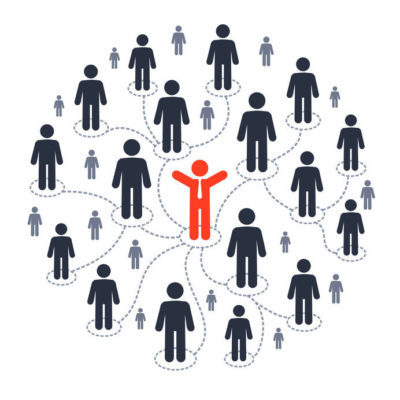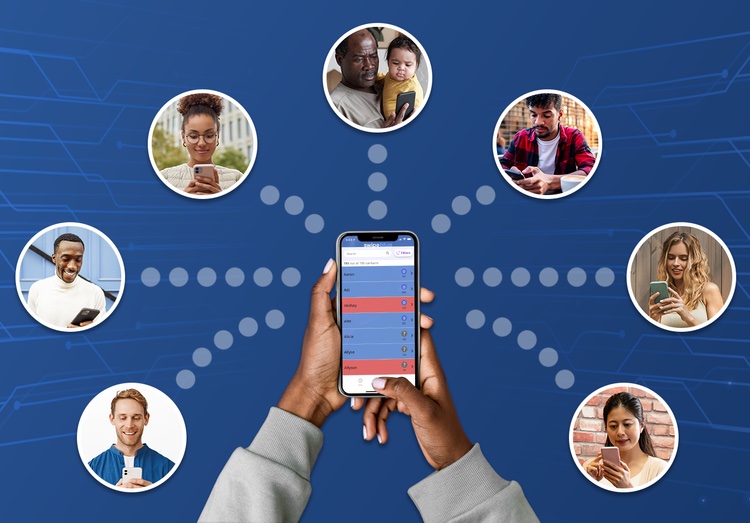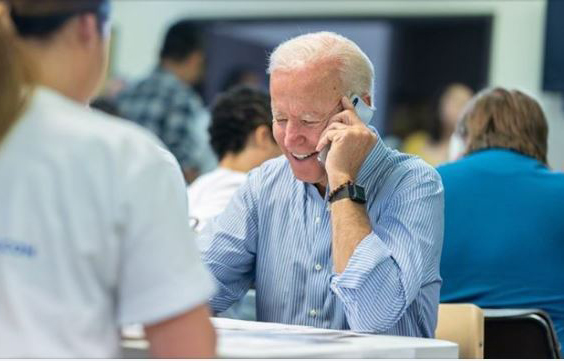
What is relational organizing?
Relational organizing is a structured method of reaching out to your own network, influencing them, and asking them to do the same with their own networks. The concept is not new, but the method has been refined with new tools.
People talking directly to people is a terrific way to inform, persuade, and connect. But if you take that model and refine it to be friend-to-friend, relation-to-relation, and acquaintance-to-acquaintance, the communication is even more effective.
Why do it?
The premise of relational organizing is that people are persuaded much more by someone they know and trust. Relational organizing proved successful when it was used to help propel Barack Obama to the White House and to build the 2020 presidential candidacy for Mayor Pete Buttigieg.
It’s a straightforward way to recruit volunteers and to get out the vote by using what you already have – your contacts. The message multiplies when your contacts reach out to their contacts. It’s a great way to reach out to people in swing states.

Get the SwipeBlue App for your phone to find your Democratic friends easily, then send your personal email to remind them to vote. Tested and recommended by us. Read more about the app here.
How does relational organizing work?
Start by thinking in broad terms about everyone you know: not just family and friends, but acquaintances, work colleagues, alumni associations, and so on. It’s particularly important you identify contacts who live in states where midterm elections will be close.
The key points to make in each interaction are simple:
- Ask your contacts to have a plan to vote
- Urge them to tell their network to do the same
- Suggest that they can extend their influence by becoming active by phone banking, texting, or canvassing voters (where possible).
Next steps:
- Write a basic script. Think about the person you are contacting and tailor the message to them.
- Decide which communication channel – face-to-face, e-mail, phone, text, social media – will work best for you.
- Direct contact, such as in person, by phone, or even through text creates the most personal and successful contact.
- Establish a simple tracking system.
Any useful tips for getting started?
- People love stories. Make story-telling part of your ask. Do you have a personal story related to the campaign or issue?
- Listen. Encourage your contact to tell their own stories. Have an idea of what you want to say, but don’t be so rigid as to overshadow the back and forth important to honest communication.
- Move people by finding emotional responses that you share.
- Set goals for yourself. Determine how many people you can contact.
- Follow through. If someone responds, make sure to respond to them. If someone doesn’t, a subtle nudge might do the trick.

Resources
FAQ: The Power of Relational Organizing
Relational Organizing with CallHub
Relations are the glue of organizing.
Video from the Broadbent Institute on Relational Organizing 101

